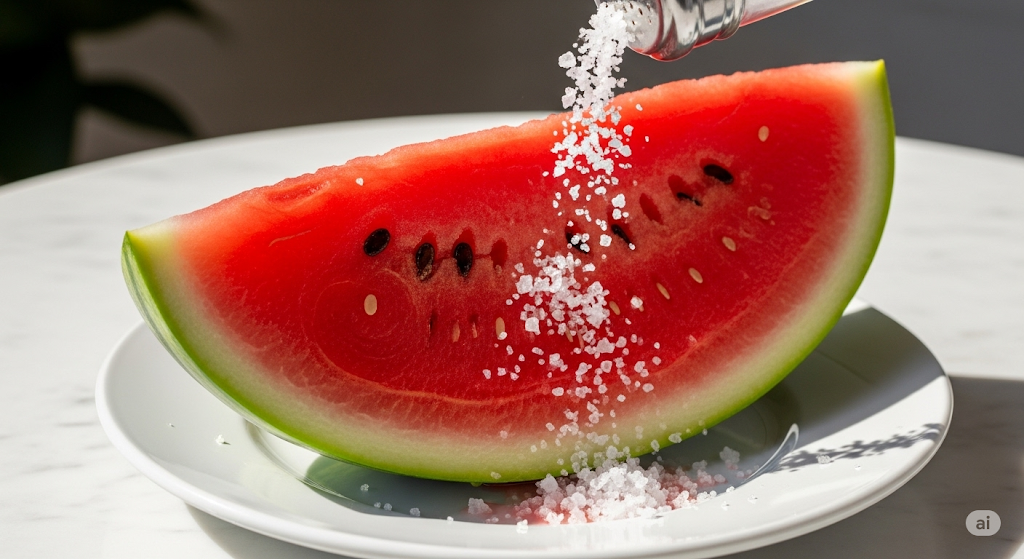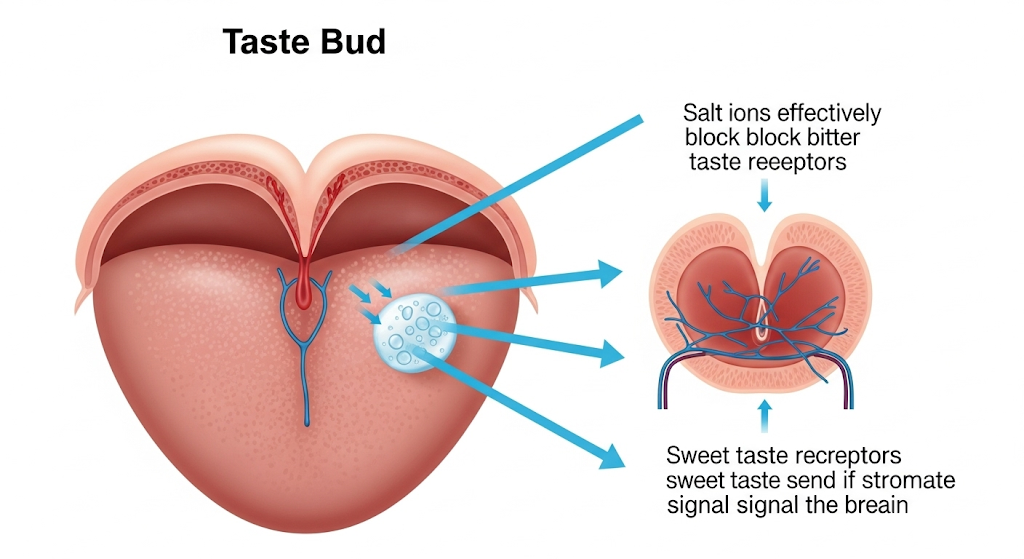
A simple culinary technique championed by lifestyle entrepreneur Martha Stewart is once again making waves across kitchens and social media, just in time for peak season. Martha Stewart’s Viral Watermelon Tip is not a rare spice or a complex syrup, but a fundamental pantry staple: salt. This counterintuitive addition, when applied correctly, has a remarkable scientific basis for making watermelon taste noticeably sweeter and more vibrant.
The concept has been a cornerstone of Stewart’s advice for years, most recently re-emerging in features on her website and in social media discussions. While salting fruit is a long-standing practice in many global cuisines, its endorsement by a prominent figure like Stewart has introduced the method to a new generation of home cooks, many of whom are discovering its flavor-enhancing power for the first time.
Unpacking the Science: How Salt Enhances Sweetness
The primary reason a pinch of salt makes watermelon taste sweeter is rooted in human biology and food chemistry. According to culinary scientists, salt acts as a flavor enhancer in several ways, but its most crucial role here involves suppressing our perception of bitterness.
“Watermelon, like many fruits, contains compounds that can be perceived as bitter or bland alongside its natural sugars,” explained Dr. Christopher Simons, a sensory scientist at Ohio State University, in a food science journal. “When salt is introduced, even in small amounts, it can block our taste receptors from detecting these bitter notes. By masking the bitterness, the brain perceives the sweetness more prominently.”
This phenomenon is not unique to watermelon. The principle is why a pinch of salt is often added to coffee to reduce bitterness or to caramel and chocolate to create a more complex and satisfying flavor profile.
Furthermore, salt impacts the physical properties of the fruit through osmosis. When flaky sea salt is sprinkled on the cut surface of watermelon, it draws water from the fruit’s cells to the surface. This process concentrates the natural sugars left behind in the fruit, resulting in a denser, more flavorful bite.

The Right Salt and the Right Technique
According to Stewart and other culinary experts, the type of salt used is critical. Finely ground table salt can dissolve too quickly, overwhelming the fruit with a harsh saline taste and potentially drawing out too much moisture, leading to a watery texture.
Instead, the recommendation is for a large-flake finishing salt, such as Maldon sea salt or fleur de sel. “The large, irregular crystals of flaky sea salt provide a delicate crunch and a brief burst of salinity that contrasts with the watermelon’s soft texture and sweetness,” states a guide from culinary publication Food & Wine. This textural contrast is a key component of the elevated eating experience.
The application is meant to be sparing. A very light sprinkle, distributed evenly just before serving, is all that is needed to achieve the desired effect without making the fruit taste overtly salty. This makes it an ideal last-minute touch for summer entertaining.
A Global Tradition and Modern Applications
While the technique is often associated with Stewart in the United States, salting fruit is a common practice across the globe. In Mexico, fresh mango, jicama, and watermelon are frequently served with salt, chili powder, and lime juice. In many Asian countries, tart or unripe fruits like green guava and mango are dipped in salt-and-chili mixtures to balance their flavors.
This simple trick of salting watermelon can serve as the foundation for more complex dishes. It is the first step in creating a classic watermelon salad recipe, where the fruit is often paired with briny feta cheese, fresh mint, and a light vinaigrette. The initial salting seasons the watermelon from within, preparing it to blend seamlessly with the other savory ingredients.
“What Martha has done so well is package a classic culinary principle for a modern American audience,” said Patrcia Wells, a cookbook author and journalist, in an interview with the Associated Press. “She reminds us that cooking doesn’t need to be complicated to be transformative. Sometimes, the biggest improvement comes from understanding the fundamentals, like how salt works.”
As the summer season gets underway, this enduring tip continues to prove its value. By leveraging a simple scientific principle, a basic slice of watermelon can be transformed into a more dynamic and flavorful experience, demonstrating that a well-stocked pantry and a little bit of knowledge are the most valuable tools for any home cook.
The Culinary Secrets Behind Martha Stewart’s Hot Dog Favorite: Rutt’s Hut and “The Ripper”
